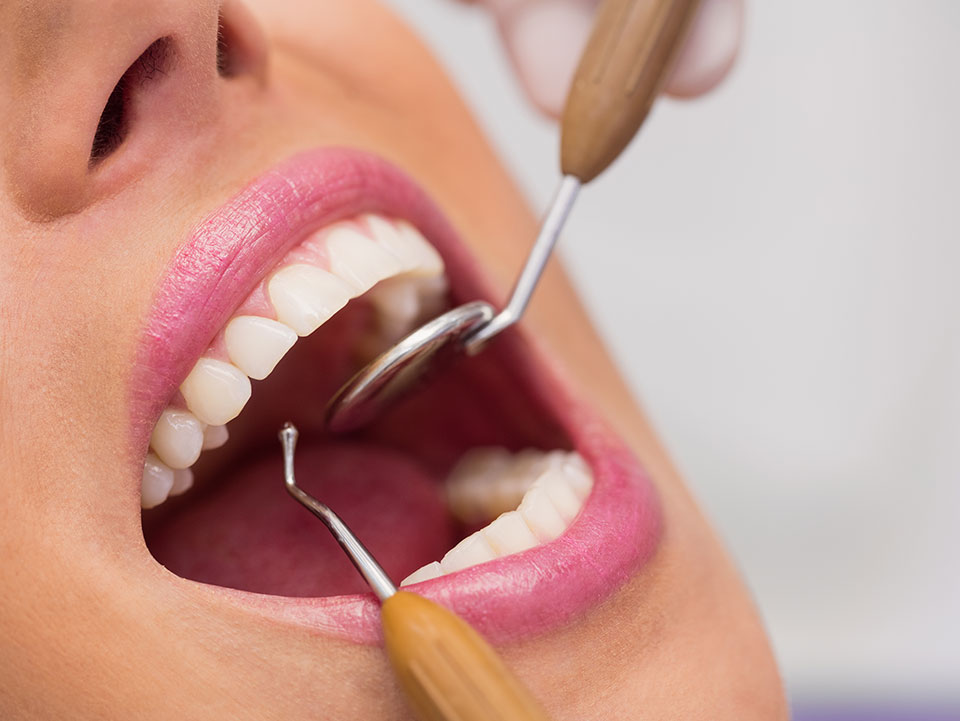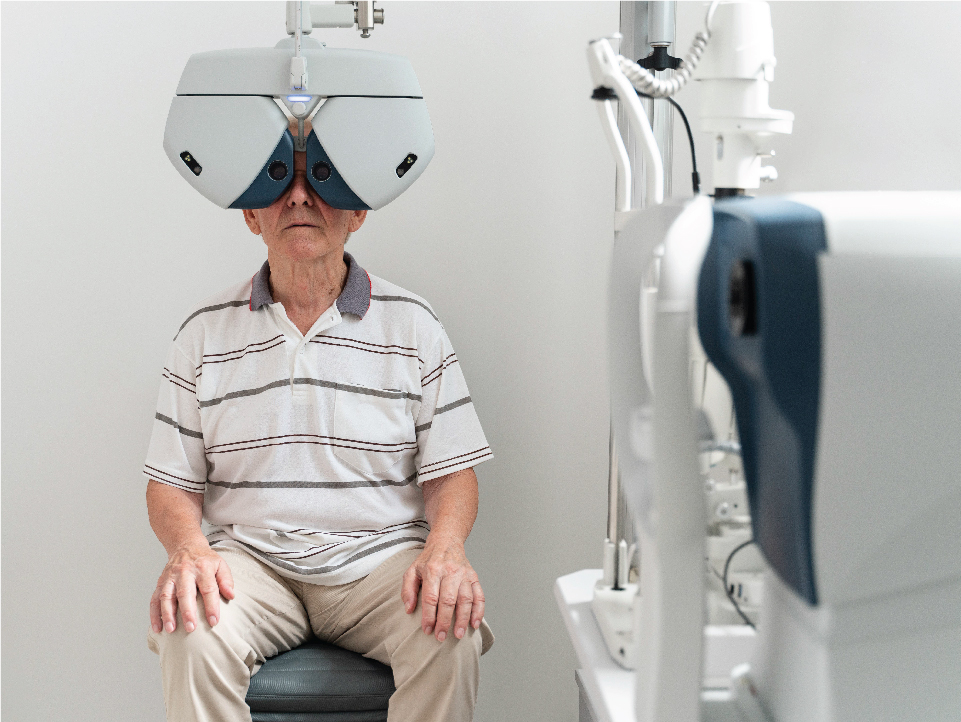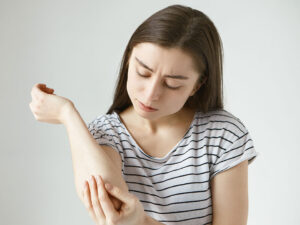
What Diabetes Patients Need To Know About Oral Thrush
August 11, 2022
Recognizing The Risk Of Cataract In Diabetes Patients
August 11, 2022For people with diabetes, diabetic dermopathy is a relatively common skin condition. People who have diabetes, including Type 1 diabetes and Type 2 diabetes, are affected.
Your skin may develop small, round, pink, reddish, or brown patches as a result of diabetes-related dermopathy. They may be indented and resemble scars. They typically range in size from 1 to 2.5 centimetres.
The patches don’t itch, ooze fluid, or hurt. The front of both of your lower legs is where diabetes-related dermopathy most frequently manifests itself (on your shins). It can also show up on your arms and thighs, among other body parts.
Shin spots or coloured pretibial patches are other names for diabetic dermopathy.
What Causes Diabetic Dermopathy
Although diabetic dermopathy is a common complication of having diabetes, its exact cause is not known. The majority of these diabetic skin lesions develop on the shins, but they can also appear elsewhere on the body.
Diabetes that is not under control frequently causes insufficient blood flow to various body parts or poor circulation. Poor circulation can eventually lessen the body’s capacity to heal wounds. When blood flow to the area around an injury is reduced, bruising-like lesions or spots form because the wound cannot heal properly. It seems that diabetes may potentially lead you to diabetic dermopathy by damaging your nerves and blood vessels.
Treatment For Diabetic Dermopathy

The good news is that the skin patches themselves are safe, even though there is no known cure for diabetes-related dermopathy. While some lesions may heal within a few months, others might take longer than a year. There are other situations in which lesions might be long-lasting.
Although you have no control over how quickly lesions disappear, there are things you can do to manage the situation. Below are some things that can be done at home to help manage the appearance of diabetes-related dermopathy:
- Covering the spots with makeup might be helpful.
- Applying moisturizer may help if you have dry, scaly patches caused by diabetic dermopathy.
- Additionally, moisturizing might help make spots look less noticeable.
To avoid complications, it’s crucial to manage your diabetes as effectively as you can.
What Steps Can Be Taken To Prevent Diabetic Dermopathy?
The primary way to try and prevent diabetes-related dermopathy is to manage your diabetes well, although not all cases of the condition are preventable. You can do the following to effectively manage your diabetes:
- Regular blood sugar monitoring is essential to managing diabetes and avoiding complications. You can do this by using a glucometer or continuous glucose monitoring (CGM).
- Regularly taking your medication and/or insulin: Pay attention to the directions provided by your doctor when taking your medication or insulin.
- Regular visits to your healthcare professional are essential to ensuring that your treatment plan and prescribed medication(s) are effective for you.
- Regular exercise: Regular exercise helps to boost insulin sensitivity, which means that your body can use either the insulin it produces or the insulin you inject more effectively.
- Eating well: Consult a dietician for advice on how to best plan your meals and comprehend nutrition.
Sources:
https://www.healthline.com/health/diabetes/diabetic-dermopathy#treatment
https://my.clevelandclinic.org/health/diseases/22661-diabetic-dermopathy#management-and-treatment




